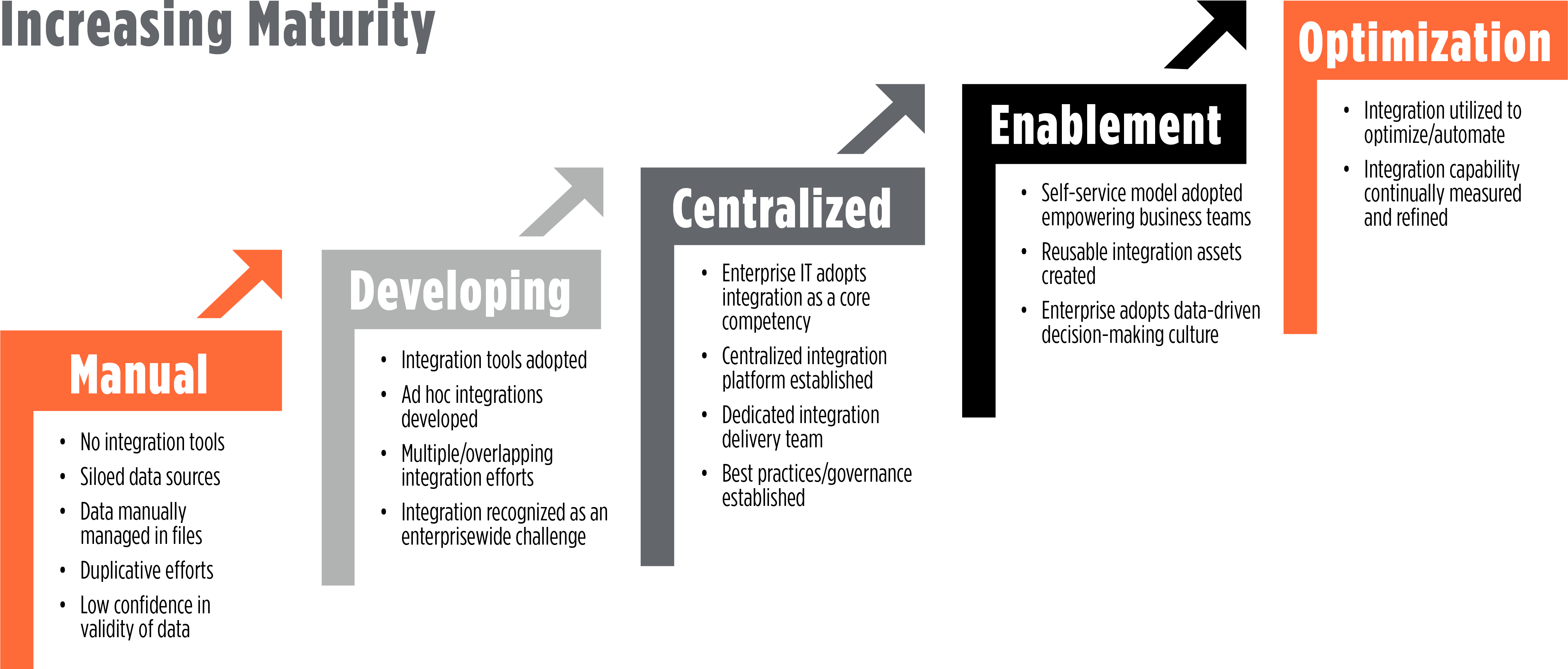Every five years or so, port authorities across the U.S. undertake a process to update or completely rewrite their master plans, setting their strategic vision for the years and decades ahead. Although it requires substantial investment, this process also creates significant opportunities for port authorities to assess their infrastructure and operational capabilities and consider how a range of internal and external factors could affect their future operation and competitive status.
Historically, master planning considerations have included capital equipment and intermodal facility needs, cargo logistics, and international trade trends. Many master plans address ways to attract new tenants and minimize attrition. Others look at strategies for addressing resilience against climate change and related weather extremes, as well as decarbonization opportunities and contingencies for global supply chain issues.
Far less attention is typically focused on how technology and the use of data can impact a port’s business and bolster its competitive position and long-term economic value.
To understand how to plan for technology investments, a port authority must first assess the enterprise’s current capabilities and establish a data governance model to see that all future steps meet the organization’s needs for information flow, data quality and security.
A data integration maturity model can aid this assessment. Maturity models are tools that enable an enterprise to determine its capabilities in a given area and, more importantly, help the enterprise understand the steps it might take to improve those capabilities.
Figure 1 illustrates a maturity model for data integration, one of the essential data management capabilities that allows a port or maritime enterprise to realize the benefits of digitalization. Data integration is the process of programmatically enabling unrelated applications and data sources to communicate, creating a common model of the enterprise’s data. Integration makes it possible to leverage data as a key asset within the enterprise, reduce data silos, gain faster access to information, and establish common data views while enabling downstream capabilities such as business intelligence and analytics. Enterprises that invest in data integration have greater confidence in their data and more informed decision-making.



Trending

AI & Digital Transformation
Cyber Defense
Energy Transition
Smarter Capital Planning
Zero-Emissions Transportation
What We Do

Acquisition & Divestment
Asset Planning & Management
Business Strategy & Transformation
Data, Analytics & AI
Enterprise Technology
Financial Analysis
Industrial Cybersecurity
Policy & Regulatory
Industries

Government & Military
Manufacturing & Industrial
Oil, Gas & Chemicals
Ports & Maritime
Power
Transportation
Water
Solutions




